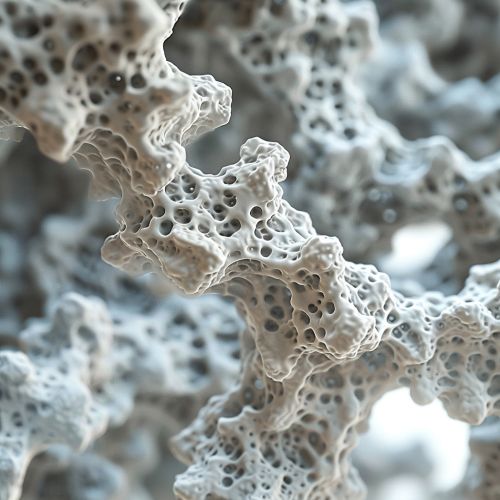Structural Bioinformatics
Introduction
Structural bioinformatics is a branch of bioinformatics that deals with the analysis and prediction of the three-dimensional (3D) structure of biological macromolecules such as proteins and nucleic acids. The field encompasses a wide range of methodologies and tools to understand the principles behind biomolecular structure, function, and interaction.


History and Background
The field of structural bioinformatics has its roots in the early days of protein crystallography and NMR spectroscopy, two techniques that have been pivotal in determining the 3D structures of proteins and nucleic acids. The first protein structures were determined in the late 1950s and early 1960s, and the need to manage and analyze the resulting data led to the development of the first structural bioinformatics tools.
Structural Databases
A key component of structural bioinformatics is the use of databases to store and organize structural data. The most well-known of these is the Protein Data Bank (PDB), which was established in 1971 and currently contains over 150,000 structures. Other important databases include the Nucleic Acid Database (NDB), the Cambridge Structural Database (CSD), and the Biological Magnetic Resonance Data Bank (BMRB).
Structure Prediction and Modeling
One of the main goals of structural bioinformatics is to predict the 3D structure of a protein or nucleic acid from its sequence. This is a challenging task due to the vast number of possible conformations that a sequence can adopt. There are several approaches to structure prediction, including homology modeling, threading, and ab initio prediction.
Structure Analysis
Once a structure has been determined or predicted, structural bioinformatics tools can be used to analyze it. This can involve comparing the structure to others in the database, identifying key features such as binding sites or active sites, and predicting the effects of mutations on the structure and function of the molecule.
Structural Genomics
Structural genomics is a field that aims to determine the 3D structure of all proteins in a given organism, an effort that relies heavily on structural bioinformatics for data management and analysis. This approach can provide valuable insights into the function of proteins and their role in disease.
Future Directions
The field of structural bioinformatics is constantly evolving, with new techniques and methodologies being developed to tackle the challenges of structure prediction and analysis. Future directions may include the integration of machine learning algorithms, the development of more accurate force fields for molecular dynamics simulations, and the application of structural bioinformatics to personalized medicine.
